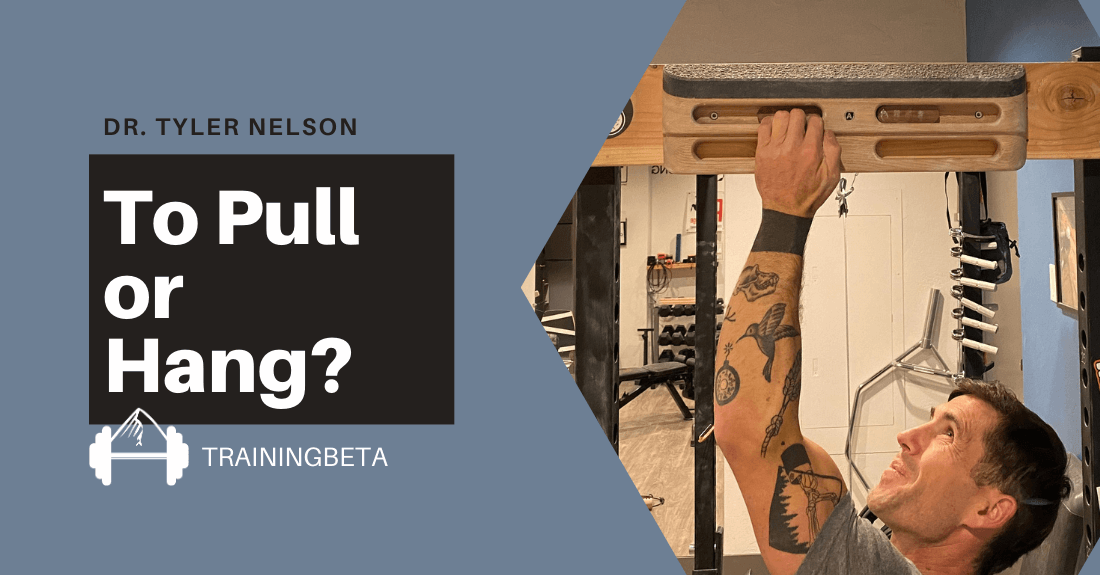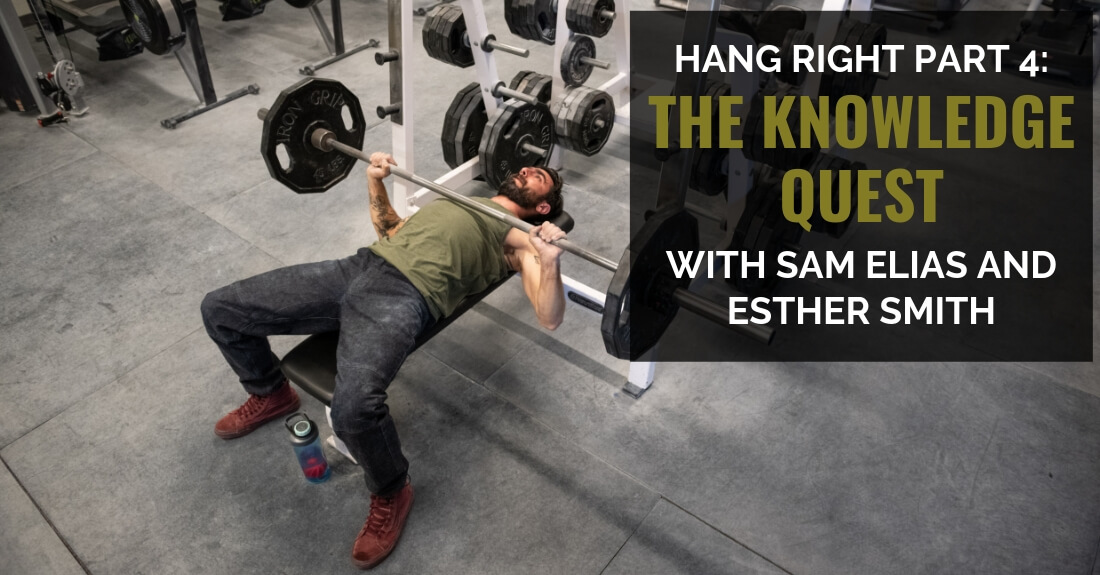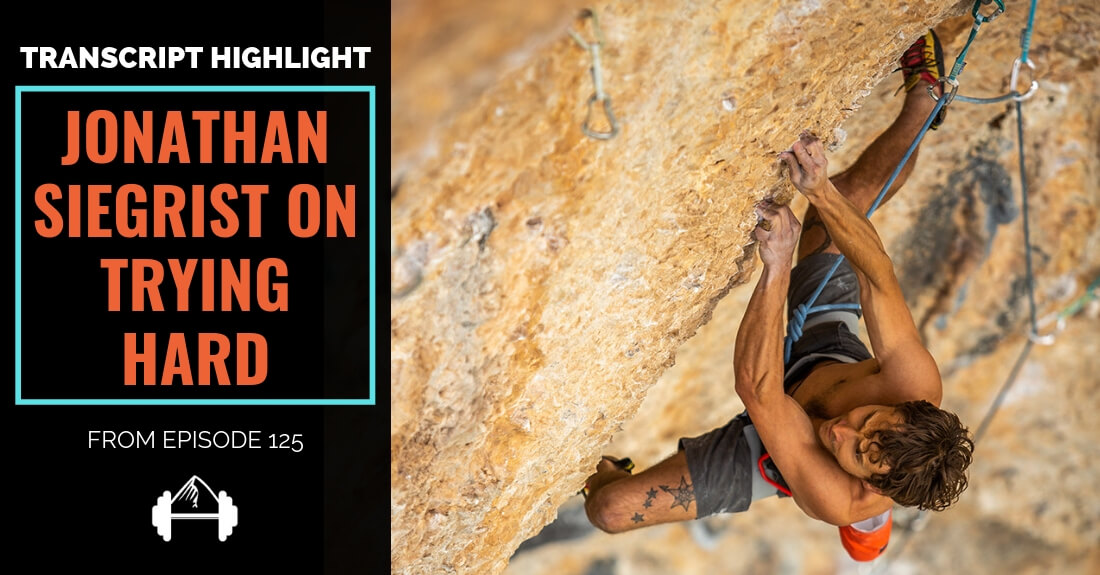If you commit to climbing for an extended period of time, then you will inevitably encounter periods where you simply can’t seem to try your hardest. While it would certainly be nice to be able to stay extremely psyched all the time, this just isn’t the reality of climbing in the long term. The key, however, is effectively coping with the down times so that you can maintain steady progression in the long run.
To help you manage periods of low motivation, here’s an article by climber and trainer Alli Rainey in which she shares her strategies, both mental and physical, for coping with the down times without having to start from scratch once her psyche returns.
“As I move from my summer doldrums back into feeling more psyched (and notably this is happening as the summer heat is starting to fade!), I put together some thoughts to share about what I’ve learned about weathering the down times. Hopefully, this will help you get through those unmotivated times that will almost inevitably strike you if you’re involved in climbing (or another sport or recreational activity) as a lifelong passion or endeavor.” – Alli Rainey
Strategies for Coping with the Down Times:
While some of these tactics may work better than others for you personally, here’s an outlines Rainey’s approach to weathering periods of low motivation:
- Unless you’re injured, don’t stop training or climbing or all physical activities entirely.
- On the other hand, don’t force yourself to continue doing exactly what you’ve been doing at the same pace as you have been doing it.
- Consider shaking things up and redirecting your climbing focus even if it’s prime climbing season.
- Feel free to pursue some other activities that interest you (physical or not), and spend way, way less time climbing or training for climbing.
- When climbing aim for maintenance and mitigating any fitness/strength losses.
- Don’t expend energy worrying about when your psyche will return.
- Don’t put yourself on a timeline in terms of when you must feel ready and stoked to climb or train intensely again
- Understand that most sports have an off-season, and that giving your body a break from intensive training and climbing can be helpful in healing micro-injuries or any aches and pains you might have built up.
Overall Approach:
With all these strategies, you may find that some apply to you personally more than others. However, Rainey’s overall approach is what is important. Essentially, she is suggesting that you without guilt give you mind and body the time it needs to regain psyche and motivation, but also focus on maintaining as much of your climbing form as possible. This way when your motivation does return you aren’t starting from square one again.
Click through below to read about all of these tactics in more detail. Also, remember that while taking climbing seriously can be extremely rewarding it should first and foremost be fun.
Full Article: Coping with the Down Times in Climbing
(Photo by Louis Arevalo Photography; courtesy of allirainey.com)
Other Articles You Might Like:
- Choosing Your Climbing Projects with Alli Rainey
- 8 Pro Tips for Psyching Up to Train Every Day
- How to Stay Psyched- Rock and Ice
- How I Came Back Stronger After A Finger Injury






Leave A Comment